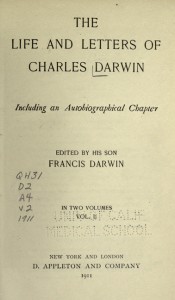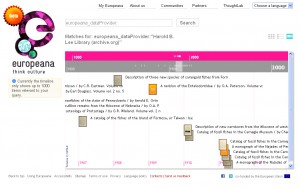The World is Our Library
The location of the library used to be a simple fact. There was a building with books inside. It had a mailing address, and it appeared on the campus map with coordinates like G-11. Today the library is a lot more like the balloon in the picture above. Depending on what information you are looking for, that information, while accessible through the library’s services, may physically reside almost anywhere on the globe. At the same time, information stored inside our library may appear in other online libraries and information systems around the world.
When you search the library’s databases or read any of our online journals you may be reading content that is stored in the library building or on one of the university’s servers, but it is just as likely you will be accessing content in Ohio, California, Europe, or Asia. Most of this content is only accessible if you pay a subscription. The library handles the subscriptions to scholarly materials online just like we always have for traditional print journals and serials. When you search the library, your request passes through our systems and verifies that you are one of the faculty or students associated with us. Then your request goes on its way to whichever provider has the information you need.
Recently we learned that some of our library’s content was appearing in Europeana. Europeana was created by European cultural organizations. According to its site, “Europeana was launched in 2008, with the goal of making Europe’s cultural and scientific heritage accessible to the public.”
Why would items from BYU appear in a European information system? Because we have two key elements in the world of modern libraries. First we have a good collection of books (4 million) and a very strong special collections library that contains materials that are in the public domain. Second, we have a very active digitization program. Some of the items we scan are stored on servers in the library and some are loaded into the Internet Archive (I.A.) and other systems. It appears that Eurpoeana harvests materials from I.A. So sometime ago, we scanned a book and loaded it into one system and now a third system links to it. The third party even adds a feature that we do not offer. They have a time line that shows how our materials relate to each other chronologically. Pretty cool.
For generations librarians at BYU have worked to bring significant books and journals to our campus so that our faculty and students would have access to them. In the case of rare books, that process continues. In the case of journals and databases, our librarians now work to provide online access to the best materials available. The biggest change for our librarians is our ability to share what we have with the world. The library as a building continues to be important as a study hall, a gathering place for the community of scholars, and as a location to provide access to our valuable print collections. But a growing collection of the information in the library is now free to travel anywhere.
Today our virtual address (lib.byu.edu) is as important as our physical one (HBLL, BYU, Provo, UT 84602).


